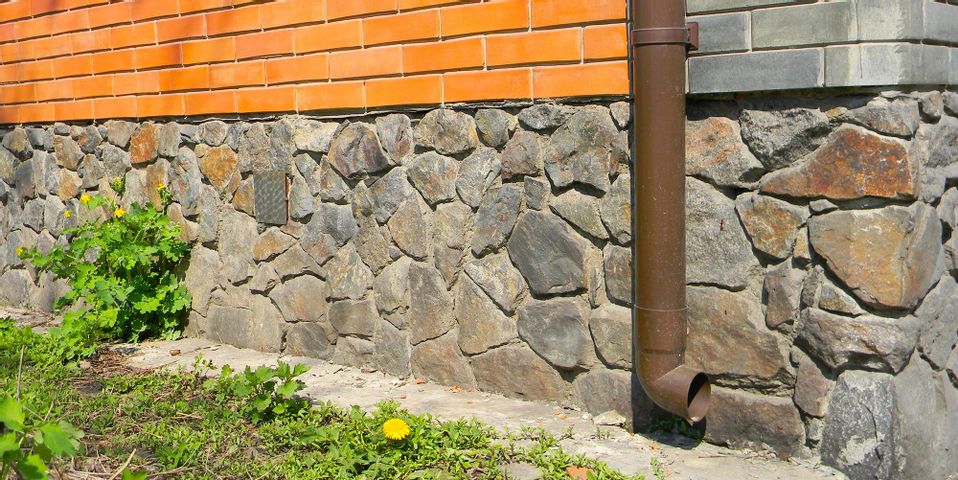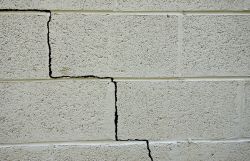
Foundation cracks can compromise the structural integrity of your house. Water can also seep inside the fractures, further deteriorating materials and causing water damage and mold growth. Knowing what differentiates the four types of foundation cracks, as explained here, will make it easier to identify the cause for concern so you can reach out to a construction company quickly for help.
Identifying 4 Types of Foundation Cracks
Vertical Cracks Are Easy to Fix & Don’t Cause Damage
If your home was built within the past few years, check the foundation outside and basement walls for vertical cracks. Hairline cracks naturally appear as the house settles and won’t cause structural concerns.
The breaks form because concrete cracks under tension. With frequent checking, you can have a construction specialist pump urethane or epoxy solutions in the fissures. This will stop them from spreading as the house continues to settle and keep water out of the basement during rainstorms.
Horizontal Cracks Should Be Cause for Concern
Extending from side to side in concrete block and brick foundations, the horizontal breaks are caused by bowing. During construction, backfill was placed around the outside of the foundation walls. If water can’t drain from the backfill or it becomes compressed, the dirt and gravel will push against the foundation walls, causing them to cave inward. When this happens, the wall can’t support the house. It could collapse as a result. A contractor will install supports to stabilize the walls.
The Severity of Damage Varies With Stair-Step Cracks
 If exterior walls above the foundation are made of brick or concrete blocks, check for stair-step, or zig-zag, cracks. Fractures can form in the mortar joints as parts of the foundation settle faster than others, creating zig-zags that resemble steps.
If exterior walls above the foundation are made of brick or concrete blocks, check for stair-step, or zig-zag, cracks. Fractures can form in the mortar joints as parts of the foundation settle faster than others, creating zig-zags that resemble steps.
This type of crack won’t compromise the structural integrity of the house and can be repaired easily by restoring the pointing. If the crack causes the concrete blocks or bricks to shift, the wall becomes weaker. The same is true if the crack breaks through the concrete or brick.
Diagonal Cracks Are Caused by Soil Movement
Not quite vertical and not quite horizontal, diagonal cracks slope at 30- to 75-degree angles. Typically narrow fissures, this type of crack becomes wider at one end. If the foundation walls don’t settle at the same rate, the tension can cause these cracks to form.
This often happens to homes built on steep inclines. Frequent flooding or the expanding, contracting, and shifting of soil also creates pressure that causes diagonal breaks. To prevent structural damage, a construction company can address these concerns when the crack is sealed.
If you spot one of the above cracks, contact the professionals at Olson Construction in La Crosse, WI, for help. With 10-plus years of construction experience, the technicians will provide solutions to restore the structural integrity of your home. They will also provide remodeling services to breathe new life into interiors. For a free service estimate, call (608) 304-5188, learn about the home improvement company’s four-step approach to projects online, and see work photos on Facebook.
About the Business
Have a question? Ask the experts!
Send your question

